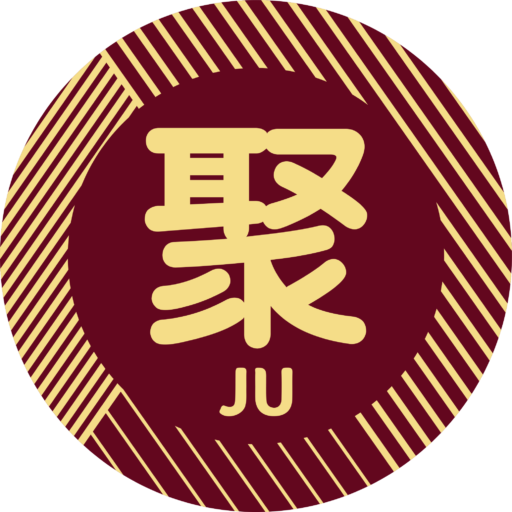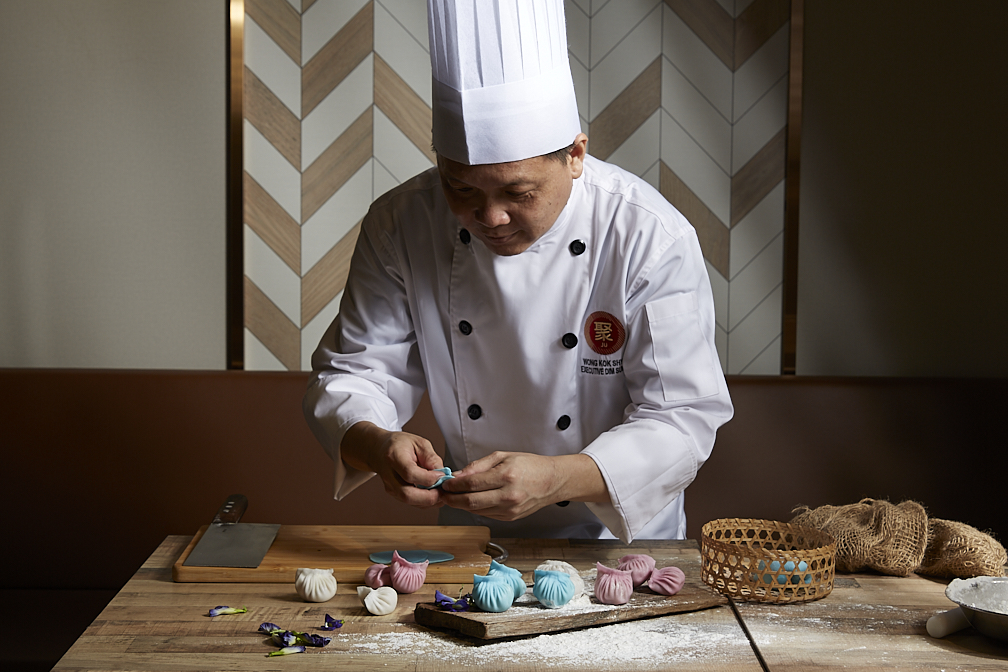Chinese New Year, or Lunar New Year, is a time for family reunions, celebrations, and, of course, delicious food.
Each dish served during this festive season is rich with symbolism, reflecting hopes for prosperity, good health, and happiness in the year ahead.
In this guide, we’ll explore some of the most popular traditional Chinese New Year foods and the meanings behind them, highlighting beloved dishes such as Yu Sheng, Nian Gao, and Dim Sum.
Yu Sheng – The Prosperity Toss
One of the most iconic dishes during Chinese New Year is Yu Sheng, also known as Prosperity Toss.
This vibrant salad is typically made from a mixture of shredded vegetables, raw fish (usually salmon), and a variety of condiments like sesame seeds, crushed peanuts, and a tangy plum sauce.
The key moment in enjoying Yu Sheng is the lo hei – a ceremonial tossing of the ingredients.
As everyone gathers around the table, they use chopsticks to toss the salad high into the air, chanting well-wishes for good fortune and success in the year to come.
Each ingredient in Yu Sheng carries a symbolic meaning:
- Fish (usually salmon or other types) represents abundance and prosperity.
- Shredded carrots symbolise good luck and vibrancy.
- Peanuts and sesame seeds signify wealth and longevity.
- The sweet plum sauce is a reminder of sweetness in life.
This dish is not just a treat for the tastebuds, but a fun, lively tradition that brings people together to celebrate abundance and happiness.
Nian Gao – The Glutinous Rice Cake
Another traditional dish enjoyed during Chinese New Year is Nian Gao (年糕), a glutinous rice cake that is sticky and chewy.
Nian Gao is often prepared in a sweet or savoury form, but it is most commonly served as a sweet dish during the festivities.
The word “Nian” sounds like the Chinese word for “year” and “Gao” sounds like “tall,” making it a symbol of growth, progress, and the hope for a better year.
The sticky texture of Nian Gao also represents the idea of family unity and togetherness, as the cake sticks together much like the bonds between family members.
In many households, Nian Gao is also offered as a gift to loved ones, wishing them a year of good fortune and success.
Dim Sum – A Taste of Tradition
No Chinese New Year celebration would be complete without Dim Sum, the beloved selection of bite-sized dishes served in bamboo baskets.
Dim Sum includes a wide variety of steamed buns, dumplings, rolls, and pastries, each with its own special meaning.
These treats are often enjoyed during a leisurely meal with family and friends, symbolising the importance of togetherness and community.
Other Symbolic Dishes
Beyond Yu Sheng, Nian Gao, and Dim Sum, there are many other foods with symbolic meanings enjoyed during Chinese New Year:
- Whole fish: Representing abundance and prosperity, as the Chinese word for fish (“yu”) sounds like the word for surplus.
- Tangerines and oranges: Symbolising wealth and good luck due to their round shape and golden colour.
- Longevity noodles: A symbol of long life, these noodles are served uncut, as cutting them is believed to shorten one’s life.
Conclusion
The food served during Chinese New Year is a powerful reminder of the values and hopes that are central to the celebration: prosperity, health, longevity, and unity.
Each dish tells a story, and each bite is an invitation to reflect on the year past while looking forward to the blessings the new year will bring.
At JU Signatures, we are proud to offer a range of delicious traditional dishes, including our exquisite Dim Sum, that capture the spirit of Chinese New Year.
Whether you’re celebrating with family or hosting a corporate event, our menu is designed to bring people together and usher in a prosperous year ahead.
Happy Chinese New Year!

